Here are the steps to install Transdroid when you use Transmission on Mac OS X:
Setting up Transmission
Transmission has a native Mac OS X interface now and is becoming more and more popular on this platform. To install this client on your Mac, visit the Transmission website and download the latest Mac OS X build, which is a .dmg file. When it is done downloading, copy it to your Applications to install it.
Next, we will enable the web interface, because this is used by Transdroid to communicate with it. Choose ‘Transmission -> Preferences’ from the menu and go to the ‘Remote’ tab. Enable the remote access. You can leave the listening port to the default 9091 or change it. If you change this, remember it because you will need it later on. It is strongly advised to also enable authentication. Make up some username and password. Remember it because you will need it later. Lastly, make sure that you leave the IP filtering option off..
You should now test if the web UI works. Click on the ‘Launch web interface’ button. This opens up your browser. If it doesn’t, open the browser yourself and go to http://127.0.0.1:9091/transmission/web. It will ask for the username and password that you just entered. If you now see the web interface of Transmission, you may continue.
Allow access from anywhere
The next step is very important if you want to use Transdroid to control Transmission from anywhere you go and not just your home Wi-Fi network. You will need to open up the port 9091 and redirect this to your home computer. First get your Mac’s local IP address. For OS X 10.5 (Leopard) and 10.6 (Snow Leopard), select the Apple menu and choose ‘System Preferences…’ or use Spotlight to find it. Here, choose ‘Networking’ and on the left click the active network adapter (Ethernet for wired and AirPort for wireless connections). The local IP addres is shown in the networking status.
With Mac OS X 10.4 (Tiger) and lower, select the Apple menu and choose ‘Location’ and then ‘Network Preferences…’. Next to show, select ‘Network Status’ which will show the active network adapter and its IP address.
Now go to your the manager interface of your router or ADSL modem. It will most likely have a NAT tab or settings screen. Here you will need to set up a port forward from all external traffic on port number 9091 to you local computers’ IP address – the one that you just retrieved from the Network screen – on the same port. There are too many routers and ADSL modems to make detailed explanations here, but you can use the website PortForward for in-depth help.
Setting up Transdroid
The final step is to set up Transdroid. Install the software from the Android Market and open up the application. You will see a message that you need to set up a server configuration first. Hit your Android device’s menu button and choose ‘Settings’. Next, click the ‘Add a sever’ button to create your first sever configuration. You can add more later, if you need to.
Now fill in all the settings. The name is totally up to you. From the type menu you choose for Transmission of course.
The IP address is your server’s external IP address. If you do not know this, open up a browser on your Mac and surf to whatismyip.com. It will present you the external IP address that you need in Transdroid.
The port number is the next setting and is 9091. (Except for when you manually changed it, of course.) You entered this in the Transmission remote access settings tab.
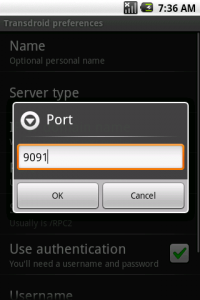
Since you have enabled authentication as well, enable this setting and fill out the username and password that you choose earlier.
Time to test your settings! First disconnect from the Wi-Fi network if you are connected to the local network (the one where your Mac is in as well). This is important, because you will need to use different settings for that.
Now, hit the back button of your Android device twice to return to the main screen. It should now state that it is connecting to the sever. After a couple of seconds you should get a listing of all the active torrents in Transmission. Rewards yourself by downloading some torrents, right from your phone. 🙂
Local Wi-Fi network access
One thing you should know when you have a Wi-Fi network at home, is that you cannot use your external IP address as described above while you are connected this way. When connected to the wireless network that your Mac is in, you will need to use your machine’s internal IP address instead.
Easiest thing to do is to open Transdroid’s settings menu again and add a new sever configuration. Use the exact same details that you used before, but now use your Mac’s local IP address. Of course you also want to give it a name that identifies it as being your local configuration.
Give it a test by going to the main screen and choose ‘servers‘ from the menu. You can select the other configuration from the pop-up menu. A little tip: switching servers can also be done by swiping your finger from left to right (or the other way around). No need to open the menu each time!
Troubleshooting
If Transdroid refuses to connect you, use these steps to trace the problem.
First try to connect to the web UI directly from your Mac. Start a browser and surf to http://127.0.0.1:9091/transmission/web. If you get a page not found error, you have not enabled the web UI in Transmission or you are using a different port than 9091.
If you are presented a login screen but are refused access, please check your username and password, maybe re-enter them. As long as you cannot even access the web UI, Transdroid will not work as well.
If this direct connection works, check if you can connect using Transdroid while connected on your internal Wi-Fi network. Remember to use you internal IP address now. If this works but external connections via 3G/EDGE don’t, you have not set up the port forwarding correctly.
Still having troubles? Use the ‘error report’ feature in Transdroid’s menu to get personal help.
Good luck and enjoy!
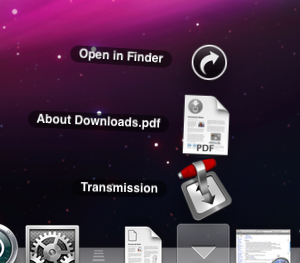
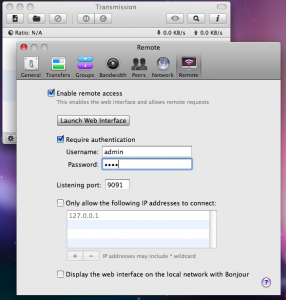
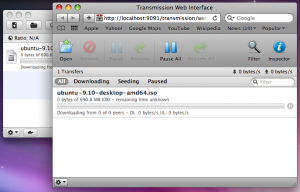
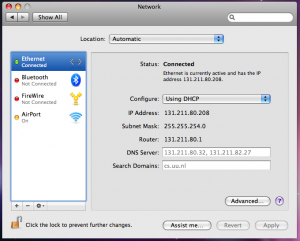
Hi,
I appreciate your transdroid app but it is not working on my HTC Magic. It can’t find the connection. I have follow your instruction. I surf in internet with an internet key. Can you help me?
Thanks in advance.
How do I do to make this connection secure (https) ?
I cannot give you a full guide for this, but you need to create a local SSL certificate, sign it and use it with Transmission. Don’t forget to enable SSL in Transdroid.
Thanks for the reply, I understood that much that I need to set up some kind of ssl web server. But then I got stuck and google did not want to help with a HOW TO 🙂
So if anybody have done it I would love a HOW TO.
Hi
I think I got it working now 🙂 but I did it via SSH tunnling using the connectbot android app (http://code.google.com/p/connectbot/) and the guide found here http://tech.shantanugoel.com/2010/08/02/ssh-tunneling-android.html.
I’m curious, do you NEED to port forward? I mean in the transmission window it says “Allow following IP addresses to connect” Is there a way to just get the IP address off your phone or something and use that?
Yes and no. Yes, you always need a port forward since otherwise traffic (your requests) from outside your home network does not ‘know’ to which machine in your network it should go. No, you don’t strictly need to forward traffic from all IP addresses and you may limit it to only forward traffic coming form your phone to the machine. However, if your phone will ever change its public IP address (which is very likely) this port forward stops working.
In conclusion: yeah, you need a port forward.